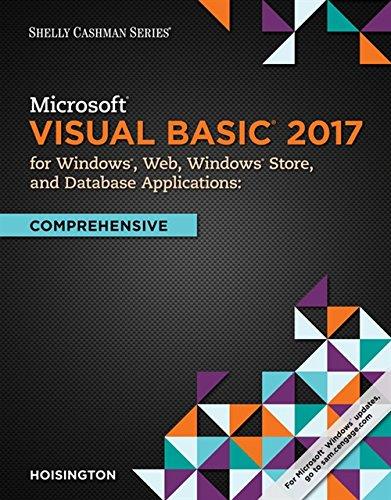Question
Change the bash prompt environmental variable to provide valuable information right on the command prompt. 1. What is your current bash prompt? 2. Change to
Change the bash prompt environmental variable to provide valuable information right on the command prompt.
1. What is your current bash prompt?
2. Change to display username, hostname, and current working directory in the prompt
3. Change to display current time in the prompt.
4. Change foreground color of the prompt.
5. Change background color of the prompt.
6. Change to display multiple colors in the prompt.
7. Create your own prompt using the available codes for PS1 variable (see the code below).
Use the following codes and create your own personal (question 7) PS1 Linux prompt that is functional and suites your taste. Which code from this list will be very helpful for daily use? Leave your comment and let me know what PS1 code youve used for your Linux prompt.
\a an ASCII bell character (07)
\d the date in Weekday Month Date format (e.g., Tue May 26)
\D{format} the format is passed to strftime(3) and the result is inserted into the prompt string; an empty format results in a locale-specific time representation. The braces are required
\e an ASCII escape character (033)
\h the hostname up to the first part
\H the hostname
\j the number of jobs currently managed by the shell
\l the basename of the shells terminal device name
newline
carriage return
\s the name of the shell, the basename of $0 (the portion following the final slash)
\t the current time in 24-hour HH:MM:SS format
\T the current time in 12-hour HH:MM:SS format
\@ the current time in 12-hour am/pm format
\A the current time in 24-hour HH:MM format
\u the username of the current user
\v the version of bash (e.g., 2.00)
\V the release of bash, version + patch level (e.g., 2.00.0)
\w the current working directory, with $HOME abbreviated with a tilde
\W the basename of the current working directory, with $HOME abbreviated with a tilde
\! the history number of this command
\# the command number of this command
\$ if the effective UID is 0, a #, otherwise a $
nn the character corresponding to the octal number nnn
\\ a backslash
\[ begin a sequence of non-printing characters, which could be used to embed a terminal control sequence into the prompt
\] end a sequence of non-printing character
Step by Step Solution
There are 3 Steps involved in it
Step: 1

Get Instant Access to Expert-Tailored Solutions
See step-by-step solutions with expert insights and AI powered tools for academic success
Step: 2

Step: 3

Ace Your Homework with AI
Get the answers you need in no time with our AI-driven, step-by-step assistance
Get Started


